Please view our updated COVID-19 guidelines and visiting procedures →.

One of the most common questions encountered by Connecticut Hospice staff from concerned family members of patients is whether their loved one will be provided with IV fluids if they cannot eat or drink, or if they should have had a feeding tube placed. The family members of patients with feeding tubes are often uncertain about whether formula feeds should be continued.
These are excellent concerns – and understandable. If a patient is no longer able to eat solid foods or drink fluids, it would seem logical that IV fluids would benefit them, that a feeding tube might be in order, or that a preexisting feeding tube should remain in use. The answers to these concerns depend on two more questions. One, why are they no longer able to take food or fluids by mouth? Two, if they are no longer able to eat or drink, what is their quality of life?
Many hospital patients are told that they are at risk of inhaling particles of food and fluid while eating and drinking. This kind of difficulty with swallowing is called dysphagia, a lack of coordination of the muscles that allow us to swallow, and it is very common, especially in elders and even more so in elders with dementia. Inhaling food or fluid, called aspiration, can lead to serious problems, including choking and a form of pneumonia called aspiration pneumonia. A test called FEES, fiberoptic evaluation of swallowing, is used to assess swallowing. In this procedure, a thin endoscopy catheter is threaded into the nose and down to the back of the throat, or pharynx, where the and epiglottis, the little thumb like projection at the top of the windpipe, or trachea, can be observed directly. Once in place, the patient is asked to swallow a bolus of food or fluid. Normally, the epiglottis closes and covers the entrance to the trachea when we swallow. If closure is incomplete, or mistimed, food and fluid can get into the windpipe – aspiration -- and cause the problems described above. When this is observed during a FEES test, doctors describe the patient as having “failed” the swallow evaluation – an unfortunate turn of phrase. Even, worse, when dysphagia and the risk of aspiration is diagnosed, patients may be told they cannot eat for fear of the complications. In the interim, they may have a tube inserted into their nose and pushed into their stomach, an NG tube, to be used for feeding, or even undergo placement of a feeding tube directly through the wall of the abdomen into the stomach.
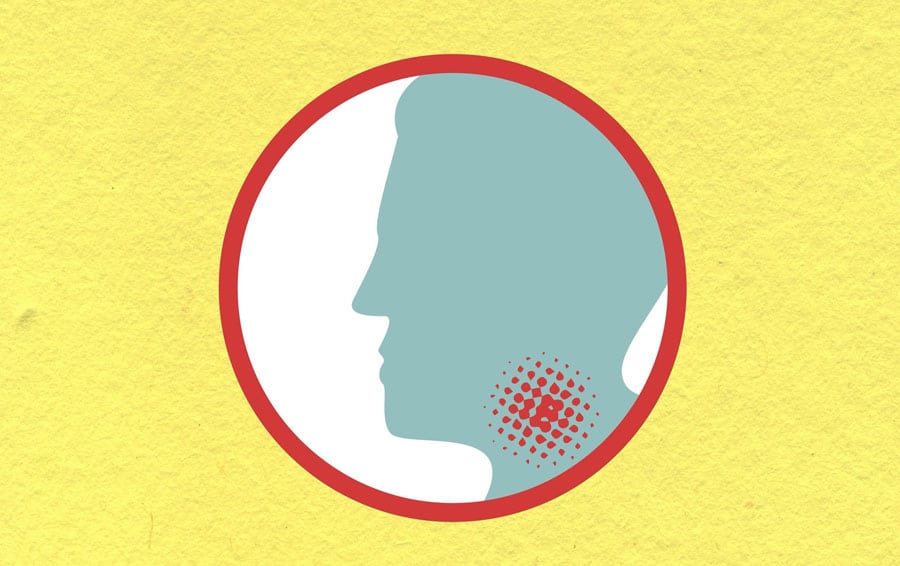
For some, this is fine. The victim of a stroke, for example, may have a very high risk of serious aspiration with its related complications, as well as significant neurologic impairment such as one-sided paralysis, but still have a good quality of life, and would be an excellent candidate for a feeding tube to provide the nutrition and water necessary to stay alive. I have known people with stroke who were fed by feeding tube continue to enjoy life for years. An elder with advanced dementia, on the other hand, with a very poor quality of life – bedbound, little conscious understanding or enjoyment of life – would not be a good candidate, at least from the medical perspective. In fact, counterintuitive as it seems, feeding tubes, or “PEGS” (percutaneous endoscopic gastrostomy tubes) have been shown to cause more harm than good in elders with advanced dementia, leading to bedsores from increased production of urine and stool, swelling and breakdown of skin, and even pneumonia due to aspiration – the very problem they are intended to solve. Even though the patient is no longer being fed food or drink by mouth, PEG tubes do little to prevent aspiration. Sometimes this is because people continue to produce saliva, and this is inhaled. Overfeeding or weakness in the valve that separates the stomach and esophagus – swallowing tube -- may be another cause of aspiration when formula trickles up the esophagus and into the trachea past a non-functioning epiglottis.
The decision to place a feeding tube in someone with advanced dementia, however, is a personal one. It should always be based on the individual’s wishes – which hopefully have been discussed before dementia made the conversation impossible -- and may be influenced by many factors, including religious beliefs. If those wishes are not known, however, a decision based on their best medical interest would be to not place a tube. See below for discussion of options to provide food and fluid by IV in dementia.
What to do? First, it is important to recognize that aspiration is common, especially in elders, including those without dementia. And while it is almost too obvious to be said, the ability to enjoy the flavors and smells of food and drink is central to enjoying life – making the decision to place a feeding tube a very serious one. Why would anyone want to give up eating a great meal as life’s end approaches? Second, the consistency of food and fluid, and how it is eaten. can do a lot to help prevent aspiration. Pureed food is safer to eat and less likely to cause aspiration than more substantive forms of solid food, like chucks of meat or potato, and fluid thickened (usually with corn starch) to the consistency of maple syrup, called nectar-thick, is safer than regular “thin” fluids. Both make swallowing a slower and more easily controlled process and reduce – though not eliminate – the risk of aspiration.
In hospice, we offer food and fluid to everyone who wants and is able to eat and drink, regardless of risk of aspiration, so long as they understand and consent to the associated risks. Our nursing attendants are patient and skilled. Elders with dementia and risk of aspiration are fed while sitting upright – who eats while lying down?? – in small quantities – spoonfuls or even half spoonfuls at a time. Usually, though not always, aspiration is minimized or eliminated – and the food is enjoyed.

But what of people who are unable to eat or drink at all – in whom the problem is not aspiration, but a complete inability to swallow or hold food in the stomach?
Some of our patients have bowel obstruction, blockage of the intestine or stomach. This is most commonly due to advanced gastrointestinal or gynecologic malignancies, but can also be a complication of prior abdominal surgeries (the latter patients can sometimes have the obstruction relieved with more surgery). These patients can swallow just fine, but the food has nowhere to go once swallowed and is vomited back up again, sometimes violently. In cases like this, where surgery cannot reverse the blockage, a so-called venting gastrostomy can help. This fancy sounding procedure is quite simple. A tube, like a PEG tube, is inserted through the abdominal wall into the stomach, except now, instead of being used to put food into the stomach, it is used to drain food out of the stomach. People can enjoy the smells and favor of food and chewing and swallowing. The food and fluid they eat is simply drained out of the stomach through the tube after it is swallowed. I have more than once seen someone drink a cup of bright red cranberry juice and watched it come right back out through the tube seconds later. Once, a patient with a bowel obstruction told me her last wish was to eat raw oysters and vodka. I recommended a venting gastrostomy. A week later, we ate raw oysters and drank vodka together – after hours, of course.
And what of the nutritional and water requirements of people who can’t eat or drink – or whose food and fluid does not make it past their stomachs?
This is where the second question becomes important. What is the patient’s quality of life? The patient with a bowel obstruction who ate oysters and drank vodka was wide awake, fully aware of her situation, and lived life as fully as she could – visiting with friends and family, walking walks, enjoying media and books, much like everyone else. In her case, the provision not only of IV fluids, but complete intravenous nutrition was appropriate both medically and ethically. She had a PICC line - or peripherally-inserted central catheter, a type of long lasting IV – and was provided IV nutrition, called TPN or total parenteral nutrition, allowing her to stay alive and even relatively well for months. When her disease got worse, as the cancer that had spread through her body progressed, and as the quality of her life declined, the use of TPN became less helpful. She soon needed opioid analgesics for pain and sedatives for restlessness and drifted into unconsciousness. At this point, TPN became a liability, causing problems with increased volume of stool and urine, and associated increased bedside care needs that worsened her agitation, and a lot of saliva, causing coughing and choking. Now, there was no medically sound indication for IV fluid or TPN, and it was stopped – in keeping with her wishes and those of her family. She died peacefully soon after.
The decision to provide intravenous nutrition and water to people with advanced dementia, on the other hand, is trickier. As was described in the discussion about feeding tubes, the quality of life in very advanced dementia is often poor – although this assessment is entirely subjective. The unfortunate patient with advanced dementia is bed bound, unable to eat, at such high risk of aspiration as to making eating impossible, completely dependent on others for cleaning and toileting, and profoundly cognitively impaired – unable to speak or understand spoken words, alive by virtue largely of having a pulse, blood pressure, and spontaneous respirations. IV fluid or TPN will keep a demented elder alive, as just defined, but the qualities usually associated with enjoying life, which may be as minimal as being just aware enough of and able to communicate in some way with loved ones, are entirely absent. To subject someone confronted by that horrific dilemma to IV fluid, and associated bedsores, swelling, increased secretions of saliva and aspiration, pneumonia, and repeated hospitalizations, is not a decision to be taken lightly and, in hospice, we recommend against it.
We hope this has been helpful. Keep your eye on the Connecticut Hospice blog for more information on topics relevant to people with advanced illness and their loved ones.
Further reading: Nutrition Concerns for Terminal Patients

Around the country, in all types of health care, there’s a not-so-hidden secret: We, as a society, are not doing our best for those at the end of life. We are starving the palliative, home care, and hospice fields, in order to spend more on acute hospitals, medications, and procedures. The result is that Americans are now living longer than they used to, but have stopped increasing their years of “good quality” living. More and more of them live with pain, disability, chronic conditions, and limitations on daily activities.
It isn’t so hard to figure out how we could improve the situation, but our systems are not set up to assist patients in making decisions about types of care, living situations, and end of life wishes. Although almost everyone questioned in surveys says that they don’t want to die connected to tubes and machines in a hospital bed, that has become increasingly common. Not only is it hard to have discussions about hospice care at the bedside, but it is actually almost always easier to get coverage for an emergency room visit and a hospitalization, than it is to be approved for inpatient hospice care.

Hospital stays and rehab stints drain patients, and they often come out with diminished energy and capacity, yet the next episode turns out to be much the same. In today’s busy health care world, an ED visit can lead to 24 or 48 hours on a gurney in a hallway, never a prescription for optimal treatment. In fact, hospitals have to admit patients after a certain number of hours in the ED, regardless of bed availability or final disposition.
How can we stop this vicious cycle? We need to revisit the purpose and terms of the Medicare Hospice Benefit (MHB), passed by Congress almost exactly 40 years ago, with significant input and involvement of our Connecticut Hospice, the country’s first hospice. At that time, there was no coverage for inpatient stays, and the MHB was viewed as a major step forward. While that’s true, many of the criteria used at the time were randomly chosen, and need to be looked at in light of today’s realities.

Let’s begin with the name. Most of us in the field would like to see another moniker, perhaps the Advanced Illness Benefit. The word “hospice” tends to frighten people, including relatives, and they can delay choosing it until too late in an illness, just for that reason. Advanced Illness would convey that someone might be ready for palliative care and symptom management, instead of curative treatment, but without the finality that hospice implies.
It would also encompass palliative care, which is often left out of the picture entirely. Physicians have long known the benefits of treatments that reduce pain and suffering. Take, for example, radiation for bone cancer. That is prescribed to alleviate pain, not to cure the cancer, and it is a well-established course of treatment. However, palliative care is not always covered by commercial insurance companies, and is compensated minimally by Medicare.

Studies have shown repeatedly that, in many instances, palliative or hospice care can lengthen someone’s life just as much as an operation or chemo, yet is not always offered as a choice, as it is in short supply, plus it is a money loser for every hospice in the country. We can only afford to do so much of it, because our reimbursement does not begin to cover the cost, and is especially not keeping up with the recent rise in nursing salaries.
We should also look again at the six-month limit used in the MHB. While that is not a final upper limit—it just means that, without treatment, the person’s illness is likely to run its course within six months—it does tend to make people wait too long to enter supportive care. While many people are recertified, and do stay in our care for multiple certification periods, the six-month criterion sounds like a true end-stage development, whereas patients who enter supportive care sooner can live fuller, richer lives for far longer than those who do not.
The definition of General Inpatient (GIP) eligibility is neither clear nor consistent. We are allowed to keep patients in an inpatient setting if “care in any other setting is not feasible”. That’s subjective, and overlooks the fact that many patients come to our inpatient unit because they don’t need an acute-care hospital bed, but they are too sick for a skilled nursing facility or a home setting. It would seem that those people would fit into the definition above, but here’s the catch: Our goal is to make them comfortable, by adjusting medications and providing skilled care. However, once they are deemed “comfortable”, they become ineligible to stay, even if they are taking twenty doses of medications in a day. Translated, that means that, once we are doing our job, we are out of a job. Needless to say, that isn’t an easy message to convey to grieving families.
There are other items in the MHB with which we might quibble, such as which therapies, treatments, and medications should be covered, but a complete overhaul is really necessary to address the issues above. If we do not, we are guaranteed to continue spiraling upward in our healthcare costs as a nation. As our population ages, they will need more and more skilled care. If we go on paying for procedures and even experimental treatments, but not for basic symptom management, we will be driving people toward expensive plans of care that won’t work, and that they may not even want.
Forty years is a long time. Just as the boundaries of neonatal potential have grown, so too have our abilities to prolong the other end of life. We don’t always provide the quality of that life along with the treatment. When we do surveys, most of those answering say that they want to die with dignity, with their faculties, and not in pain. Why can’t we all commit to a system which will allow hospitals, hospices, and home care agencies to provide exactly that? We know that it will cost less than what we are doing now, and we know that the end of life can be better for many.
What can you do about this problem? First of all, put your own house in order. Make sure that you have a living will, and a health care agent. Discuss your wishes with your loved ones. Write down anything that you think might be forgotten in an emergency. Carry those documents with you, if you think there might be any need for them, or, better yet, have them entered into your electronic medical record.

However, there is another stage of action, and that involves the national scene. Write or call your Congressperson and Senators, and advocate for a major overhaul of the Medicare Hospice Benefit. All you need to know, in order to find this important, is that half of the Cares Act money during COVID that was meant for hospice care was earmarked for increased fraud investigation in the industry. While every field has some misspent money, the vast majority of end of life providers are trying, with increasing difficulty, to find a way to help our citizens to spend their final days in comfort and peace. We often joke that no one lies to get into a hospice, but the underlying point is clear: We provide a vital service to the most vulnerable among us, and we fulfill a huge need in our society. Please help us help you.
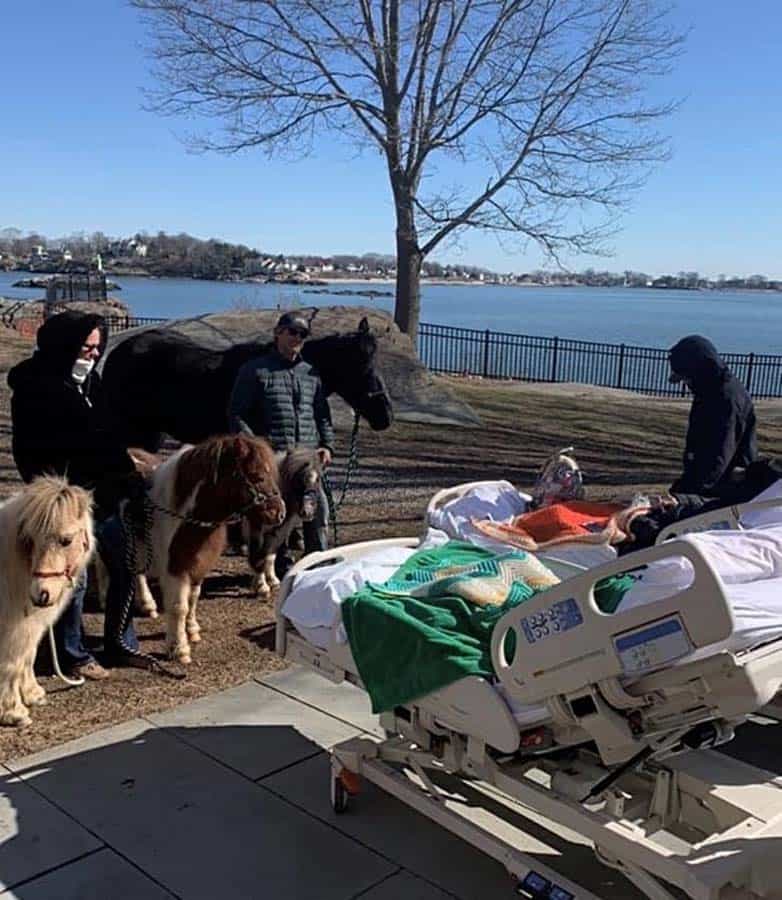
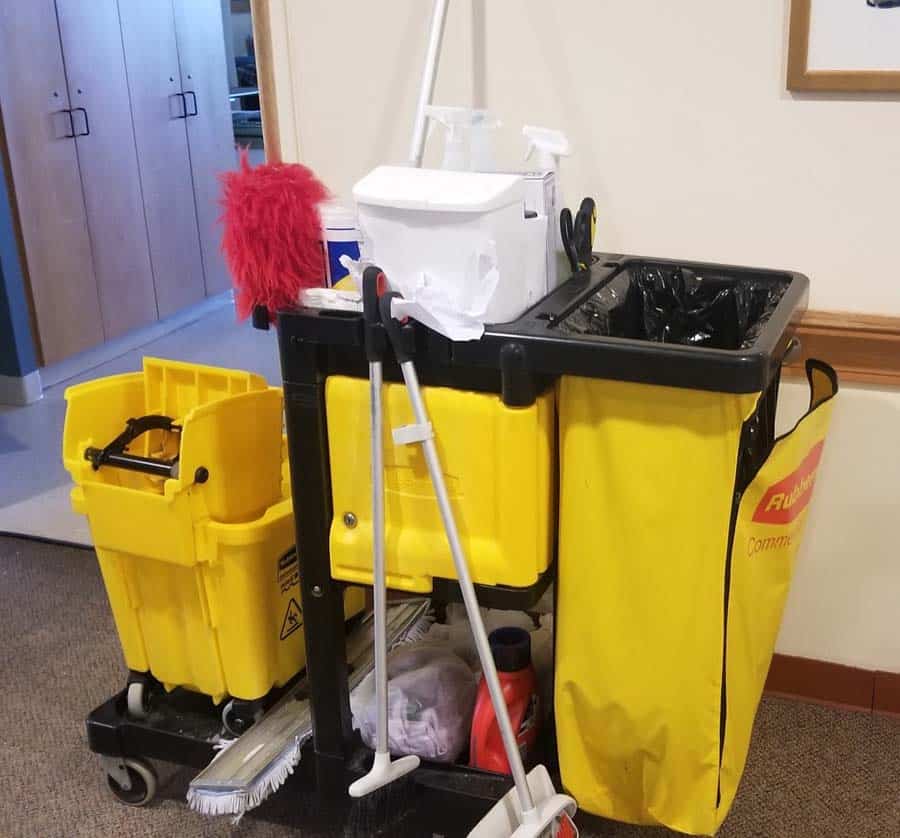
Wanda Young is the Housekeeping Supervisor at The Connecticut Hospice. She has been in the job for four years, and she plans to stay—forever! Her feelings about the facility are clear: She finds the setting beautiful, and the nurses very caring.
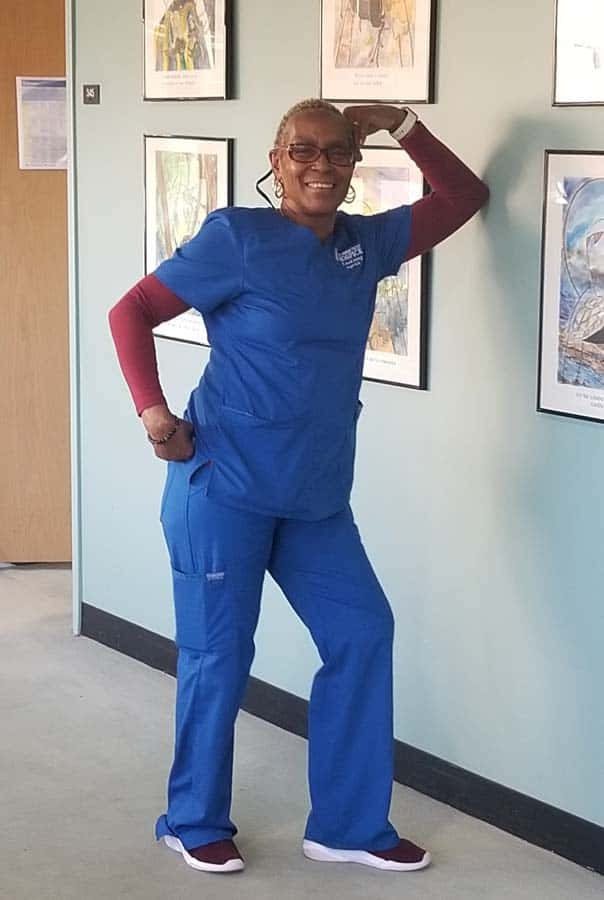
Although she has worked in other places, including in other healthcare organizations, Wanda finds Connecticut Hospice to be somewhere special. She thinks the nurses and CNAs go above and beyond to make the patients comfortable and to bring them whatever they need, whenever they need it. While workers in other places “work for a paycheck”, here she sees them “work because they care”.
When people ask her about where she works, she tells them that it can be a “sad place”, but also a loving one. She connects most strongly with those who don’t have anyone to take care of them and do not have visitors. If she is working overtime on an evening shift, she may sit by the bed of one who falls into that category, especially someone with dementia. If she can be that visitor for a lonely patient, that makes her feel fulfilled.
Much has been written lately about housekeepers in healthcare institutions during COVID, including that they feel unappreciated and left behind when the medical staff is thanked and praised. That’s not true at Connecticut Hospice! Wanda is a vital part of whatever goes on. She comes to retirement parties, stops by offices to make sure that the rest of the cleaning staff has performed up to standards, and has a comment for every visitor and staff person alike. She wears her bright blue scrubs with pride, and you can’t miss her—and she won’t miss you. Her opinion on most things is widely known and passed around.
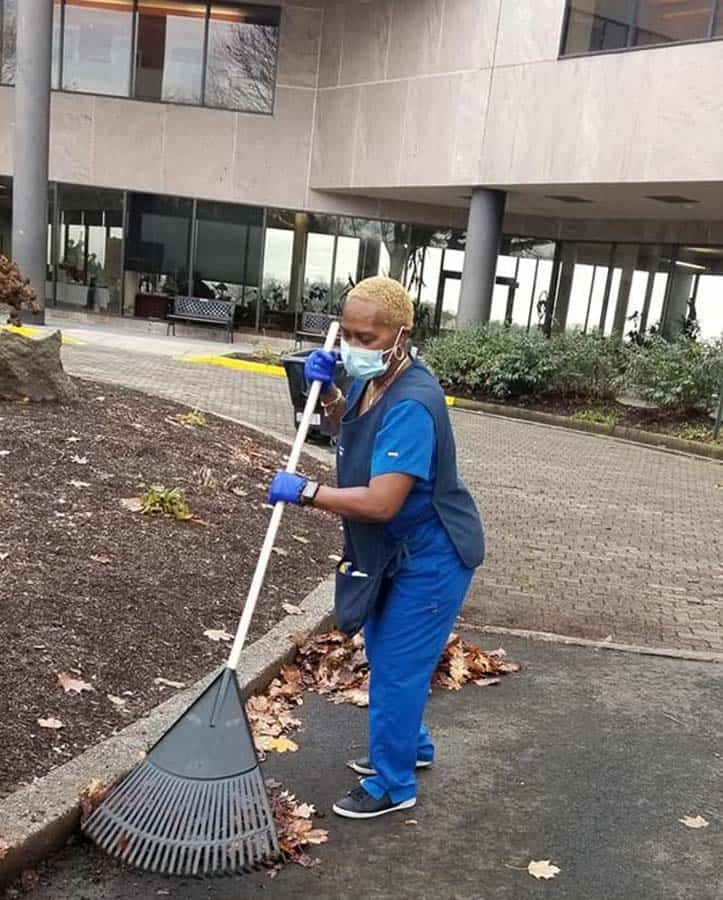
Looking at housekeeping and maintenance helps people to understand all the components that go into providing world-class end of life care. Making sure that someone has a clean and calming environment is all part of what is provided. The IDT, or Interdisciplinary Team, is often referred to as the heart of hospice. Members of the clinical staff meet every week or two, to discuss the various factors of the patient’s condition, medications, and emotional status. Adjustments are made to the plan of care, based on what the group decides.
Wanda’s comments make it clear that it is not just the clinical team that contributes to the well-being of patients and families. Everyone works together, from dietary to maintenance, billing to social work, and marketing to human resources. The IDT philosophy, and the mission of hospice, leads everyone to coordinate and add their own special talents to the mix.
When asked about how working in a hospice has changed her, Wanda thinks for a moment. “I care more about people. I don’t just look at them; I really see them. This is an awesome job.” She has told her children, “If I get sick, don’t take me to your house. Take me to Connecticut Hospice.”
Wanda, and her co-workers are just one of the departments that help to make The Connecticut Hospice such a special place. It is more a calling than a job, and it is a privilege to serve the families, visitors, and patients that are all around. Making them more comfortable makes Wanda happy. And when Wanda is happy, we are all a little happier!
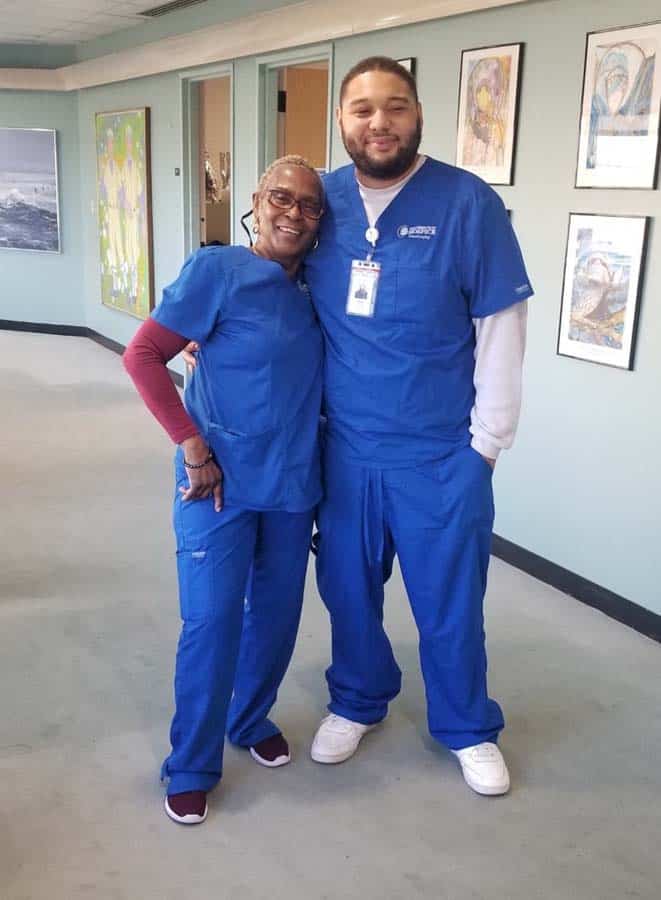
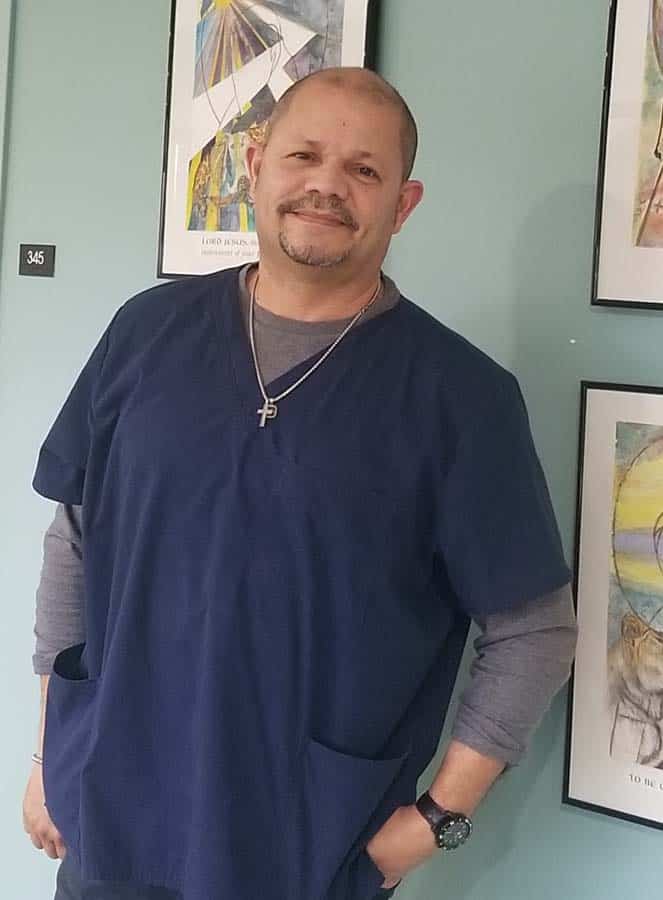

Hospice programs are required to provide social work services as a “Condition of Participation” for the Medicare Hospice benefit, but many families do not realize the extensive components offered.
In fact, it can sometimes be difficult for social workers to get into homes to see families, where home hospice care is being given. Although there can be feelings of wanting to withdraw from outside interventions or visits, more often it is because people do not fully grasp the wide breadth of what hospice social work offers.
The first standard of hospice social work is to do what is called an initial assessment. It provides an early glimpse of where the patient and his or her loved ones are, in terms of their understanding of the illness and its progression, preparation for decisions that may need to be made, and where they are in the grief process.
It is not uncommon for families to express their feelings that they have no need for any such help, and to see taking any advice or counsel as somehow being a sign of dysfunction, or an inability to care for their loved one properly.
Social workers go far beyond what that would imply, about being there to fill in where a family cannot cope. Although that can be true, a more useful way to think about their services is to compare them to a compassionate and expert event planner. Death has its own set of rituals, red tape, financial considerations, and especially emotional ramifications. Sitting with someone who does this for a living can not only bring comfort and clarity, but can ease many practical burdens that arise with sometimes overwhelming speed, as health declines.
One important early conversation, with the patient if he/she is able, or otherwise with the family or friends, is about the goals of care.
That last question leads to what is perhaps the most joyous part of a social worker’s job. Maybe there is an upcoming marriage that can be accelerated. Social workers have planned weddings, both for patients and for their children and grandchildren, sometimes even in our inpatient facility or on its waterfront grounds. One family wanted a Disney-themed wedding, to commemorate a family trip, and the social work staff decorated the room, while the arts staff brushed up on Disney tunes to play at the bedside. A beaming bride had mouse ears on, to complement her wedding dress.
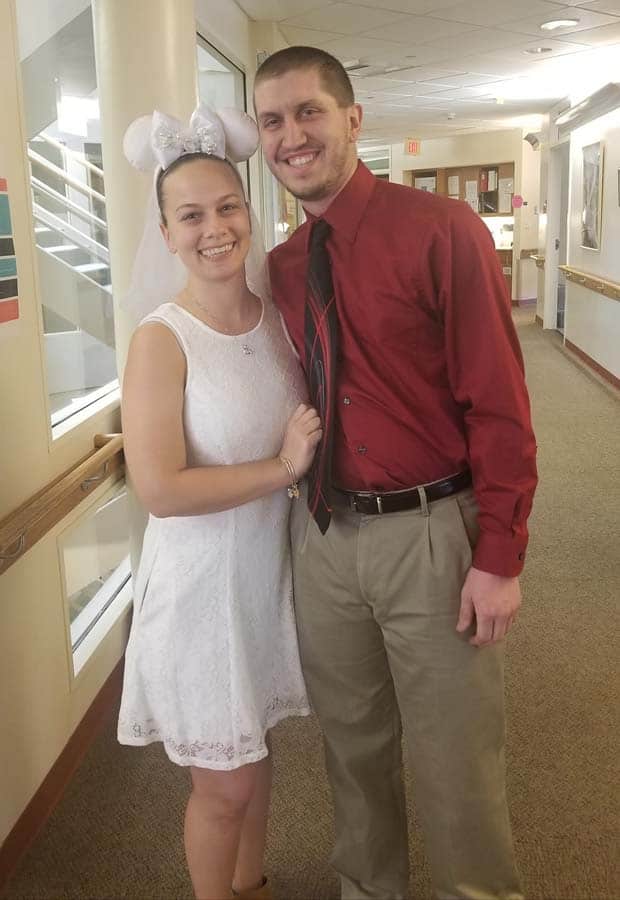
Other ceremonies have taken place with regularity, such as birthday parties or anniversary celebrations.
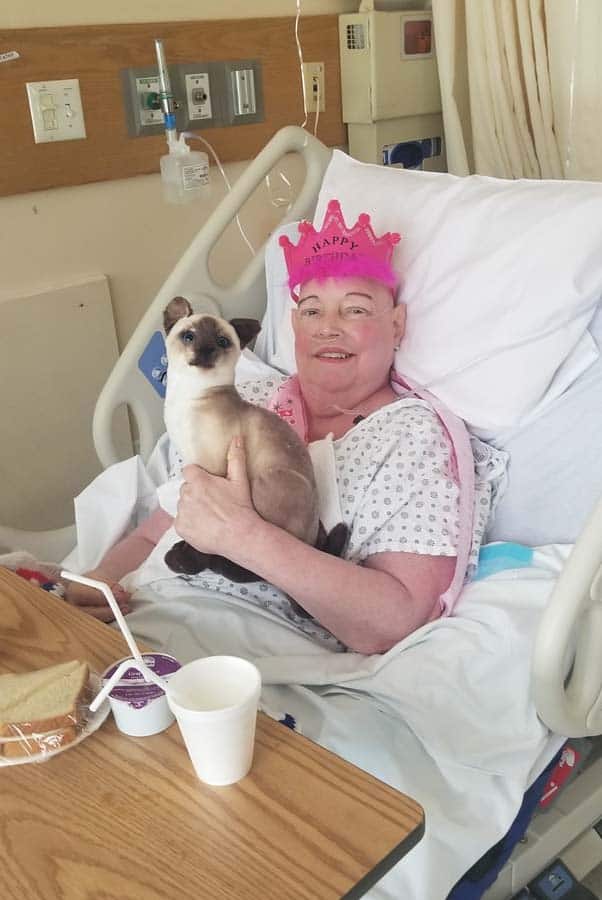
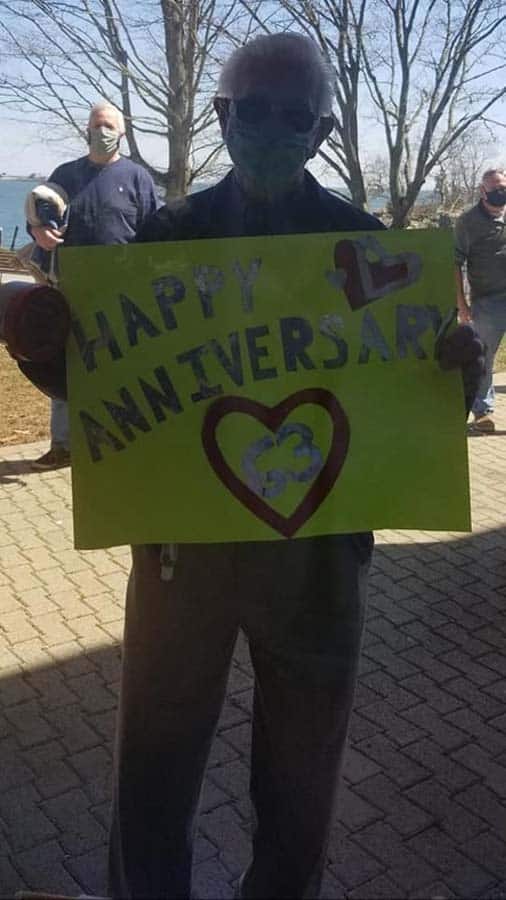
One of the most poignant was a graduation, where the professors came in academic garb, to present the patient with her recently earned diploma. In all of these cases, the social work staff works with the family to achieve those goals.
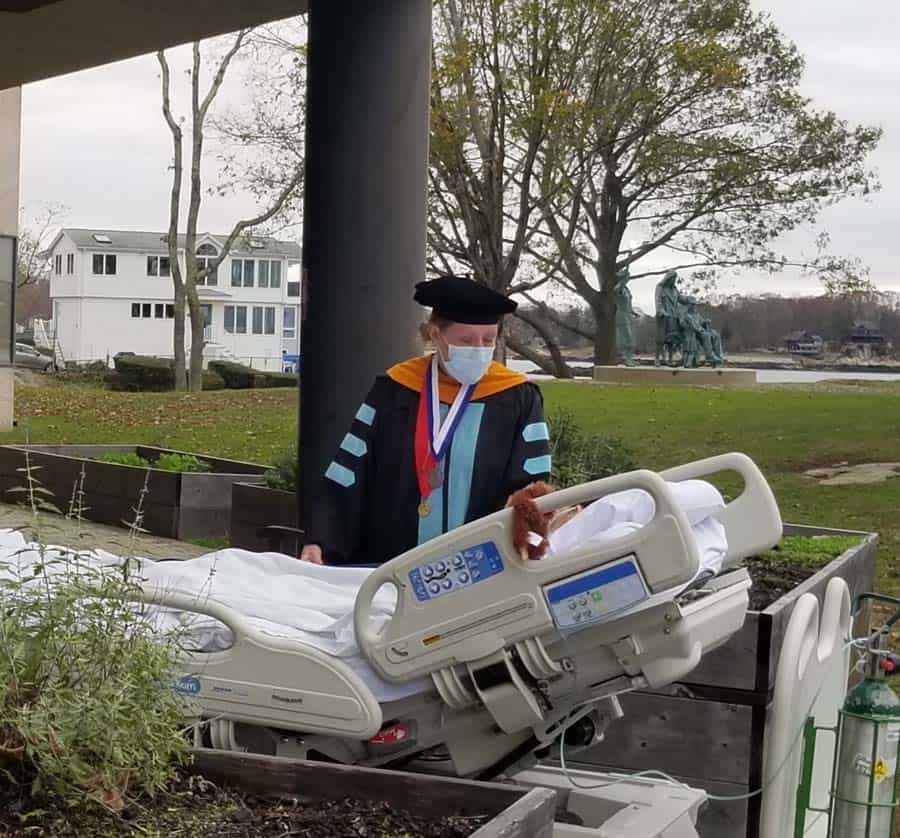
Goodbyes of all kinds also fall into hospice social workers' purview. Dealing with children’s grief, and the preferences of the patient and other relatives can be a difficult, but rewarding task. There may be times when patients need transportation by ambulance, in order to say those farewells to a person or place, and social workers can make that happen. When the hospice care is not in the home, there can be arrangements made for pets to be present. Even a horse came to our backyard, so that its owner could see it one last time.
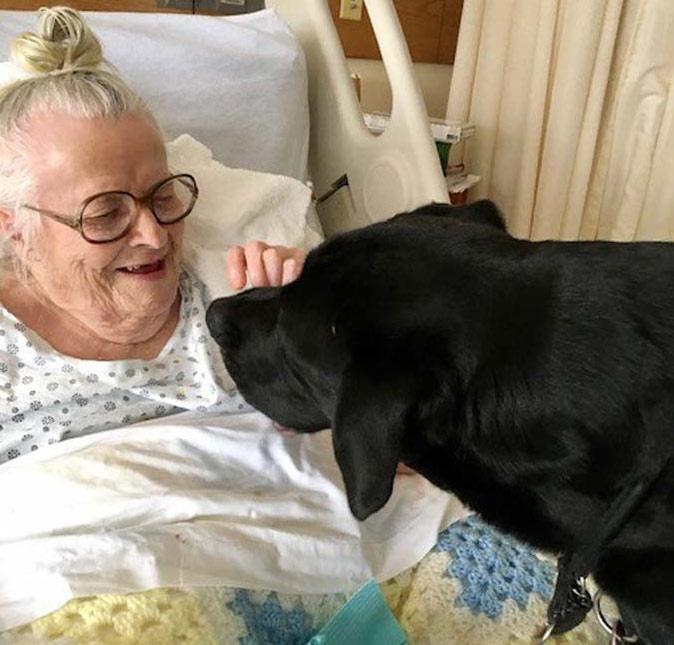
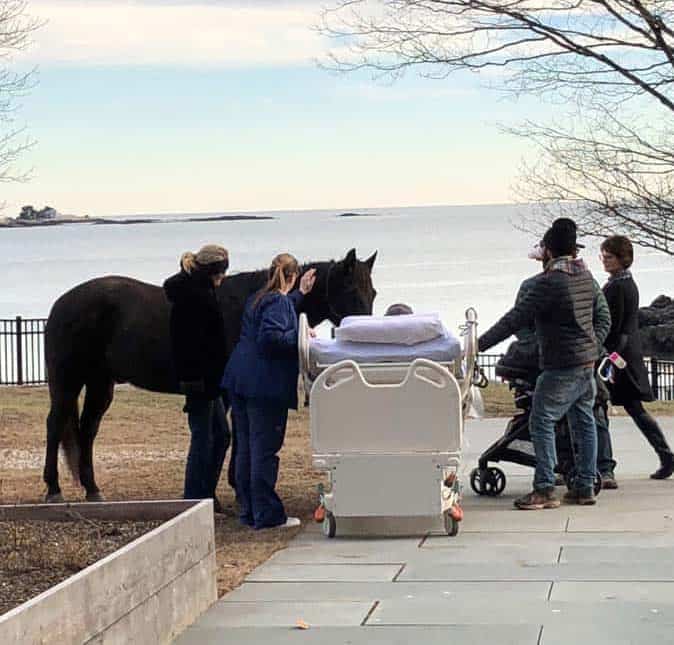
Last wishes can range from a favorite food to a video to leave behind, from putting toes in the ocean at the end of life to finishing a last book or article. Whatever closure means becomes the social worker’s goal to facilitate.
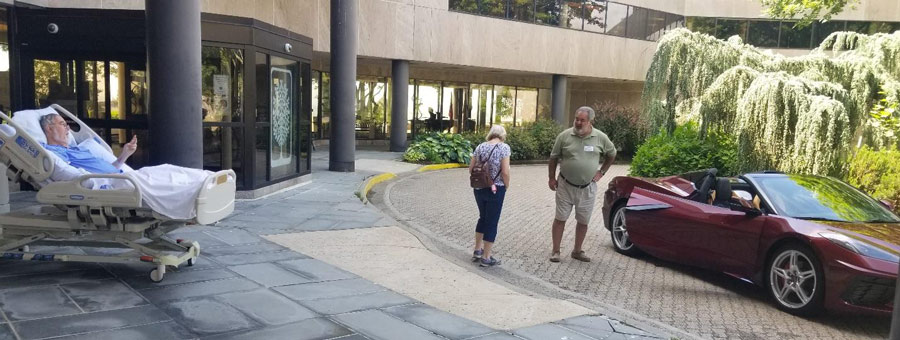
Planning a memorial service or funeral falls into the category of last wishes, as well as deciding about DNR/DNI or treatment choices. Even broaching those subjects with family members can be something in which the social worker participates, especially when some relatives have not understood or accepted the disease trajectory.
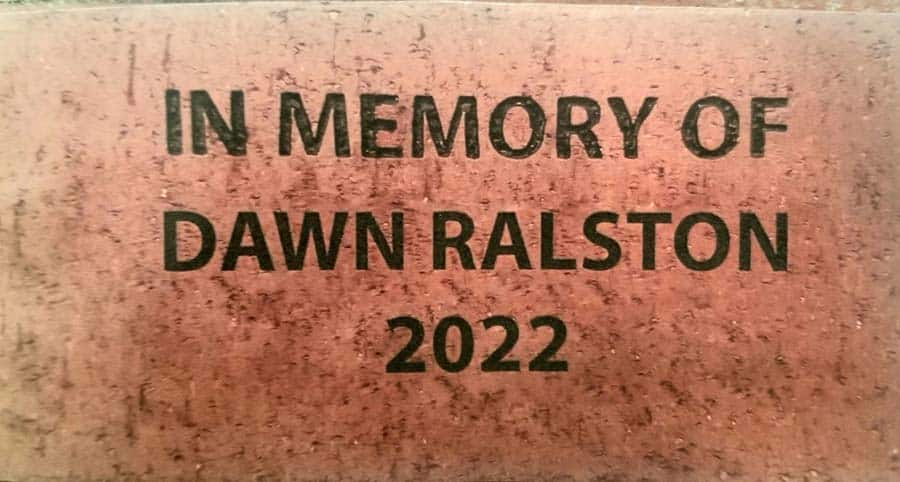
Financial considerations, including Title XIX applications, can be explained by social workers. They also do discharge planning when people can no longer live independently, and can help to narrow the options and help with the choice of a nursing home, should that be necessary. They are charged with making sure that the patient is safe in whatever environment is chosen.
When there are no relatives, a social worker can even take over some of the role that a family member would otherwise play. They can reach out to people that the patient wants to see, help with household tasks, or just keep someone company. One often-made comment about the end of life is that the days may be short, but the minutes and hours can be long. Having someone objective with whom to talk can be so important.
By now it is clear that social workers fill a vital role in many aspects of hospice care, no matter the setting of that care. They are special people, and they bring a combination of practicality and compassion that is so necessary for both patients and families. Whether they are serving as coordinators or counselors, they can play a part in every patient’s journey. Developing a relationship with them early in the process can make a difference all along the way. If there is a question of any kind, and the social worker doesn’t know the answer, he or she probably knows how to help get that answer.
Most of us know social workers in some setting, because they are so versatile in their career choices. What they do varies tremendously by location, so a school social worker or a prison social worker may do very diverse jobs. It is hard to imagine, however, that anyone could have a position that is more fluid that that of a hospice social worker. They are truly indispensable.

Of all the questions we get asked by families calling our Admissions Office at The Connecticut Hospice, this is the most common one, and one of the hardest to answer. The very short answer is that Medicare is calling the shots for hospice providers.
There are many rules that govern hospice care and hospice eligibility. Some people, who are not primarily covered by Medicaid or Medicare, have insurance plans with gatekeepers, who dictate whether someone can have their stay in our inpatient unit covered by their insurance plan, and for how long. This is mostly for those under 65, and, while companies and plans vary, such admissions are generally approved. At least one large employer in our region has a lifetime limit on hospice care of all kinds, but that type of restriction is rare.
Almost 95% of our patients on our home care or inpatient service are covered by either Medicare or Medicare. Those rules are set by the Centers for Medicare & Medicaid Services (CMS), which is part of the United States Department of Health and Human Services (HHS), the Federal department that governs, among other things, Medicare reimbursement. Connecticut Hospice was the first provider in the country to be reimbursed by Medicare for hospice care, and that bill was passed in 1983. It is updated annually as to rates, and there are sometimes changes in the rules, or new interpretations of those rules.
Recently, these interpretations have focused on fraud, with half of the CARES Act money during COVID going toward more investigators, to make sure that people are not being covered for hospice care if they are not entitled to it. While the standard is not black and white, the most commonly cited dictum is that the patient’s primary diagnosis, if left untreated, would likely result in death within six months. This is invoked so often that it is shocking to note that the period of time—six months—was chosen arbitrarily at the time the original bill was enacted. While there has been much encouragement from the industry to make that period 12 or even 24 months, that has not yet happened.
Once the patient’s eligibility for hospice care has been established, there is a further requirement for inpatient care to be allowed. The rule is that the patient cannot be feasibly treated in another setting. Clearly, that is a definition that cannot be applied without using some medical judgment. Symptom management must be required at a level which cannot be sustained in the home or in a skilled nursing facility. Generally, this would refer to breakthrough pain, extreme agitation, or the need for frequent adjustments in medication with an onsite pharmacy.

The most shocking part of the above definition is that nowhere does it refer to the patient’s prognosis. Dying is not, by itself, a criterion for inpatient hospice care. “Comfrtable” is not a condition that, while all hospices strive to achieve it, is acceptable in an inpatient setting, except with respite care.
Respite care is allowed by Medicare for no more than five days during each certification period (60 or 90 days). Patients can come to an inpatient facility for pain management or caregiver breakdown (again, not a term that has an unambiguous definition).
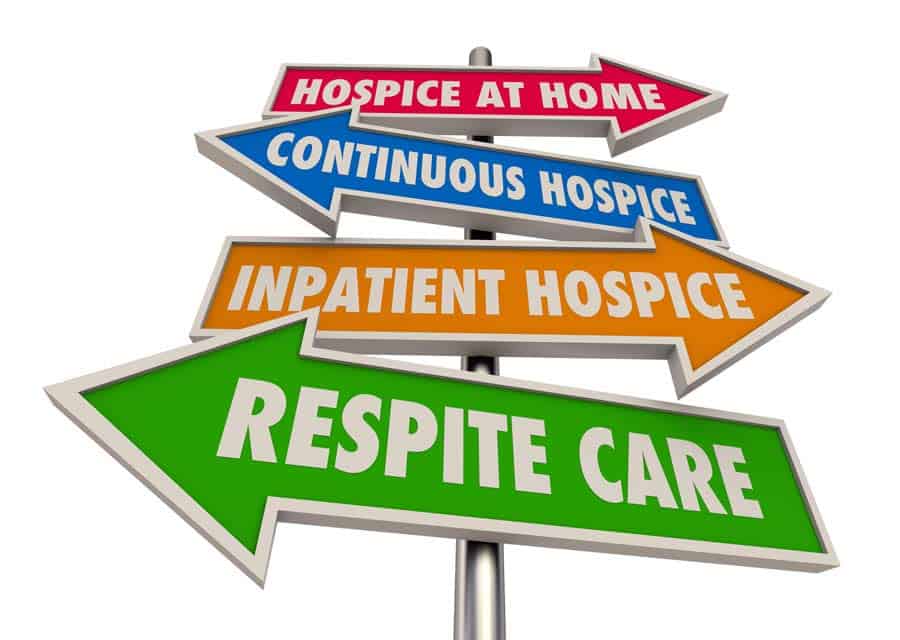
Sometimes, non-hospice patients can also be brought to an inpatient unit for symptom management, on a Diagnostic Related Group (DRG) basis. That can only happen at Connecticut Hospice because we are separately licensed as an acute care specialty hospital, in addition to being licensed as an inpatient hospice and as a home hospice. That would be a limited stay to address issues or adjust medications, with the idea that the patient could then return home. Since those patients are not enrolled in hospice, they don’t need to qualify in any particular way for CMS, but they do need to require symptom management.
It is certainly understandable that patients and their families would find all these rules confusing, and perhaps unfair. Each family has its own understanding of what care at home entails, and differing capacities for providing it. What constitutes an acceptable level of home care by the family, according to Medicare, can include up to 18 injections per day of medication. Even when a caregiver can provide that level of support, the strain of not sleeping, especially if the patient is agitated and restless, can be extremely wearing. When they call about an inpatient bed, and are told that their loved one is not inpatient eligible, that can be very upsetting to hear.
Unfortunately, we have the beds to take those patients, but not the ability to get paid the inpatient rate for them. Occasionally, and more often during COVID, families whose loved one qualifies for home (routine) hospice care may choose to bring them into our inpatient facility, and privately pay the difference between what Medicare will pay for home care, and what it pays for inpatient care.
We are incredibly sympathetic to those who find this onerous, and totally understand that it is not a choice that every family can afford to make. The entire industry is lobbying for a better, fairer, and more comprehensive approach to end-of-life care in this country. As the baby boomers age, our collective system for caring for those with terminal illnesses will be stressed to the breaking point. Some cultures deal with this issue differently, but, in our increasingly global culture, not everyone will live close enough to their elders for family care to work.
It sounds like a bad joke to tell people to “write to their Congressional representatives”, but that is the only way things will change. In the meantime, Medicare and Medicaid will continue to dictate the amount of care it will provide, and the amount they will pay providers to give it. When they audit hospice providers, which they are doing on an alarmingly increasing basis, they can unilaterally decide that someone didn’t need to be in inpatient hospice care, or in hospice care at all. At that point, they withdraw the money for that patient from our account with them, and we can either accept that, or go to an Administrative Law Judge to appeal the ruling. That process takes up to five years, during which we do not have the use of the money, even if we win it back in the end. Some hospices have simply shut their doors in these circumstances, since they are spending their time in litigation rather than in patient care.
All of this is a very long answer to the simple question of why we say no to so many patient families who inquire about inpatient care. While we would love to provide it, we cannot do so, if it means that we will be doing it for free. Therefore, we have to apply the same lens that the government uses when evaluating a patient, and that causes us to turn down many people we would otherwise admit.
So, if you are calling us about an admission, you and your doctor must be prepared to meet the standard that our inpatient facility is the only feasible place to treat the patient’s pain and symptoms. All of us know that we are experts in providing the best in end-of-life care, but we are not the ones deciding when we are allowed to do that. If privately paying the difference is an option for your family, we are happy to discuss that avenue, but we are not trying to push people toward that alternative. In a perfect world, we would take all comers, and care for them with our customary competence and compassion. Until such a system exists, we will care for all those whom we are approved to take on an inpatient basis, and offer home hospice care to the others, if they qualify for that service.
We hope you understand that we are sympathetic to your needs, and are doing our best to accommodate all the patients we can.

Much has been written about the best time to enlist hospice care, and there are certainly many medical and personal decisions to make. Since we see patients and families deal over and over with the same issues, we thought it might be useful to provide an overview of what they consider at such an emotional time. While the priorities may differ from person to person, a framework can help, especially at a time when it may be difficult to think calmly and concisely.
Sometimes he or she is no longer able to verbalize desires, and sometimes those choices may change. For example, a wise doctor once gave a talk that can basically be summarized by stating that, when facing the possibility of death, most people choose life. That means that compromises in mobility, independence, and comfort, that may previously be rejected on principle, may be tolerated and even chosen, as illness progresses. Therefore, stated directives about health care choices may go out the window. If the patient is not competent, it becomes harder, and what he/she said at some earlier time may still be honored.
It is often true, as the end of life unfolds, that there are dips in ability followed by plateaus before another event takes the patient to a lesser state of functioning once again, which can be followed by a second plateau. This can go on for days, months, or years. The patient is often unhappy at the outset, but can become inured to the lesser capability, and even accepting. Someone who refused a walker or wheelchair, for instance, may use one when there is no practical alternative.
When speaking with the patient’s physician, the issue of further treatment can arise, and it can be hard to hear the real answer being given. Often, the easiest question for the doctor to answer, and the easiest to interpret, can be this: What would you do, if this were your parent, your spouse, or your child? Put that way, he/she is not being asked what to do, what is possible, or what the correct choice is. It is simply one person trying to judge the alternatives, based on what others might have chosen in similar circumstances. Asking about specific procedures is often better to frame in a statistical way, to avoid misunderstandings: What are the chances that this will work? What percentage of people get a meaningful extension of life from this?

Once the medical side of the equation has been addressed, it is time to move onto preferences and feelings. The most basic question, then, to answer is this: What are your acceptable standards for living? This covers many things, from feeding tubes to mental capacity to chemotherapy. It is up to the patient to decide, whenever possible, how he or she wishes to proceed. Many choose to be DNR/DNI. (N.B. Although our inpatient facility takes admissions of those who wish to be resuscitated or intubated, we ourselves aren’t trained in those procedures, so call 911 like everyone else.) Others decide to forego further treatment, especially if it is painful or not working. Some even refuse food, particularly when the will to live has gone. Our job, not unlike that of family members, is to honor the patient’s wishes to the best extent possible. We strive to make someone comfortable and peaceful, and do not assume that we know what that means for any specific person.
That brings up the second question: Do you have any unfinished business, or last wishes? We hear so often about the proverbial bucket list, and many of us are busily checking things off that list now. However, there comes a point at which it seems not possible to fulfill further wishes. However, whenever possible, we as staff try to make those dreams a reality. That’s why we have weddings at Connecticut Hospice, either of patients, or of family members.
Sometimes, the request is to feel the ocean water on their toes one more time. In one such case, a social worker brought the patient’s bed to the water’s edge, and dumped buckets of water on his feet. He passed away within a couple of hours, a happy man. Going home one last time can be important, especially if there have been prolonged hospital or nursing home stays. That has been arranged for some people. Saying goodbye can mean seeing a beloved pet, and we have had them at Connecticut Hospice—most notably, a horse on the back lawn.
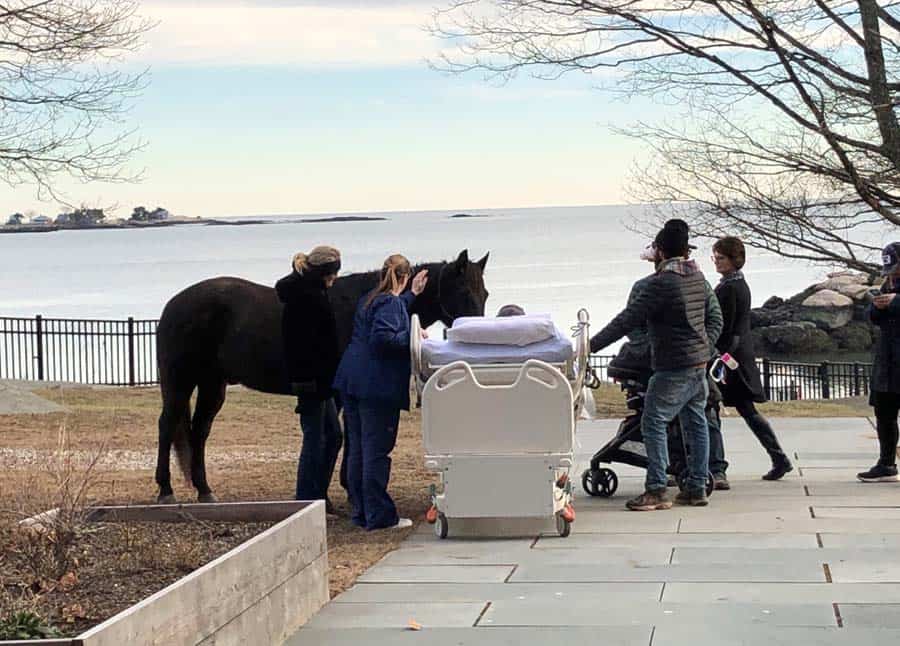
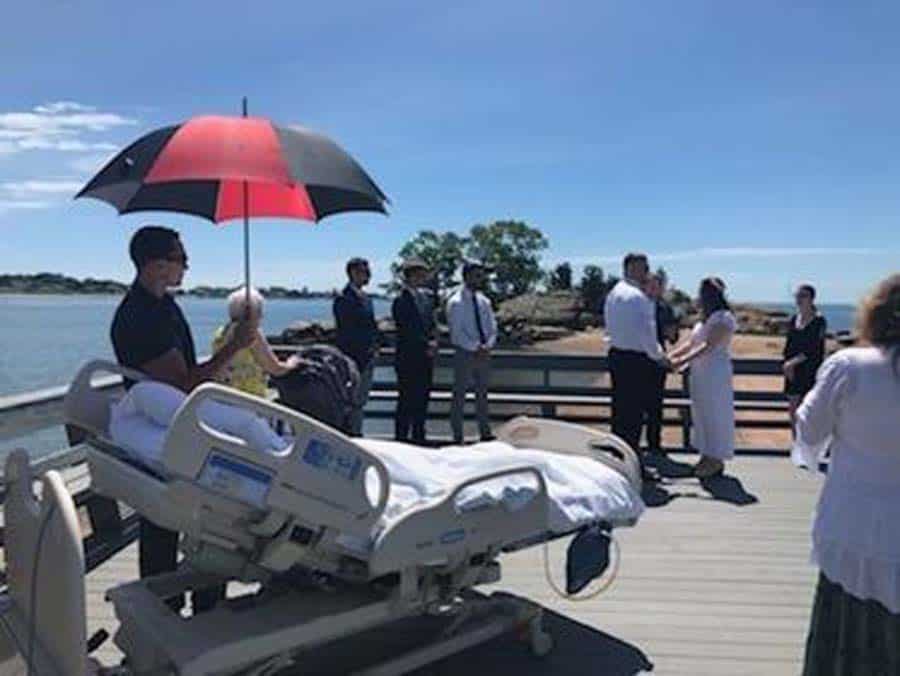
We often tell families that it is important to say three things: I love you; I forgive you; and we will be ok if you leave us. So many people end up regretting that they stopped their loved one from talking about death, which can be an important part of the dying process. Letting him or her express final emotions can be very satisfying for them, and for the listener as well. Peace means many things to many people, but often it comes from letting negative emotions go, or apologizing or reconciling with someone. Helping that happen begins with asking the patient about closure.
Again, it is hard, but important, to resist changing the subject, or saying that there is plenty of time to discuss things later. The patient knows his or her timetable best of all, and it can be a great comfort to settle some practicalities. Not infrequently, patients choose lesser levels of medication, even when it means more pain, in order to keep a clear mental status. Often that is for the purpose of having such discussions. They can even be prompted with your own question: Is there anything you want to tell me?
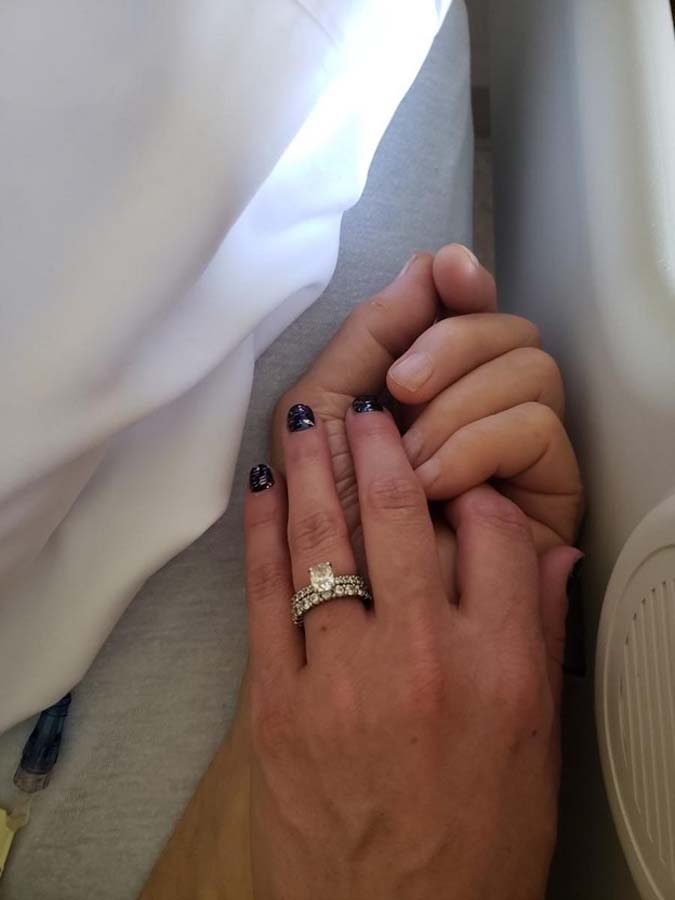
For the many people who find this all difficult, they should realize that they are performing a great service is allowing tough questions to be answered. Providing someone with the gift of being heard is something you can do for him or her, when there is little else you can do. Even prompting memories allows the patient to realize that he or she will not be forgotten—a basic human desire, and one we are all likely to fulfill. Creating memories at the bedside can enrich those final days, and leave those mourning with smiles, even through tears.
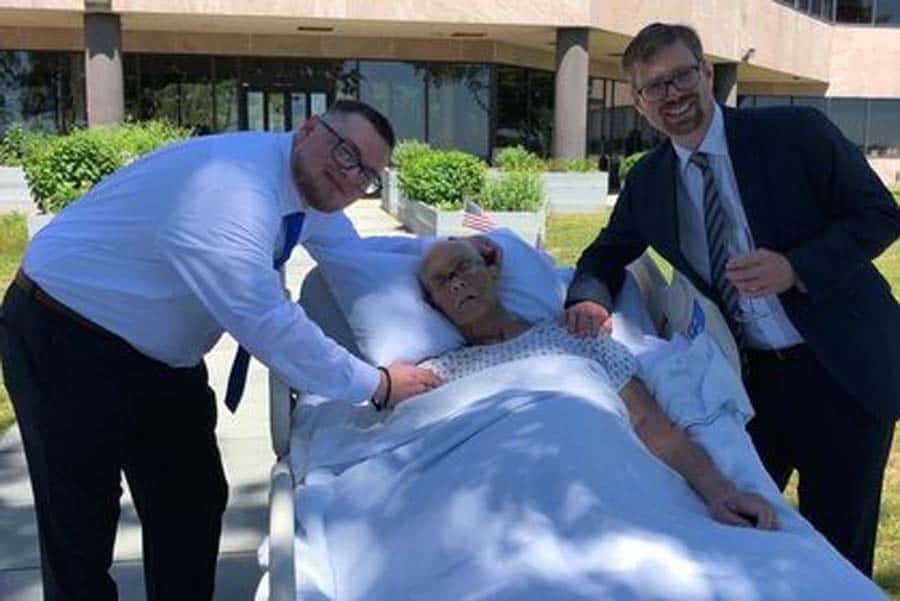
Connecticut Hospice has always been an institution that honors final wishes, choices, and requests. We are grateful to be able to provide patients and families with the comfort that brings, and a privilege to have shared those moments with so many through the decades we have served our communities.
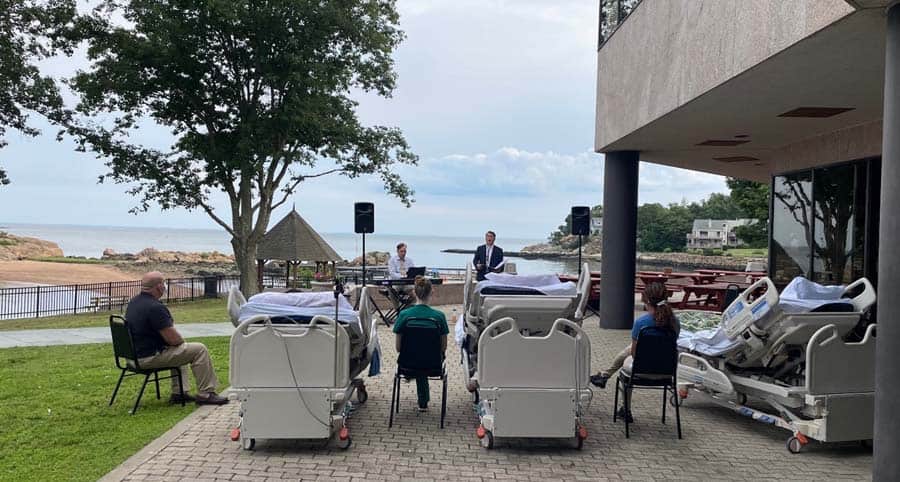

As a not-for-profit, we depend on generous donors to help us provide customized services and therapies that aren’t completely covered by Medicaid, Medicare, or private insurance.
Please make a gift to help us sustain the highest standard of care.
Admissions may be scheduled seven days a week.
Call our Centralized Intake Department: (203) 315-7540.